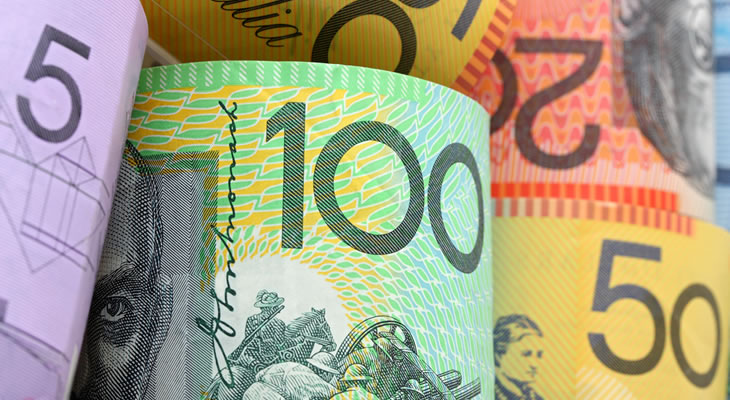Dour Outlook for Australian Retail Sales Prompts Uptick in GBP/AUD
The Pound Australian Dollar (GBP/AUD) exchange rate jumped by around half a cent at the opening of this week’s session as economists forecast that Australian retail sales will have slowed again last month.
At the time of writing the GBP/AUD exchange rate is down by around 0.25%.
Australian Dollar (AUD) Suffers on Poor Retail Forecasts
The Australian Dollar came under some pressure this morning as the Commonwealth Bank forecasts that domestic retail sales will have tumbled at the end of the year.
The ‘Aussie’ was buoyed earlier this month as November’s figures showed that sales growth rocketed in November, painting a positive picture of household finances.
However analysts at the Commonwealth Bank suggest it may be a little too earlier to celebrate as its Business Sales Indicator (BSI) suggests that retail spending will have tumbled 0.5% in December.
Given that household spending accounts for roughly 60% of Australian GDP the dip is unlikely to be welcomed by investors.
December’s official retail sales figures are set to be released on 6 February.
Sterling (GBP) Gains Trimmed by Gloomy Household Financial Outlook
At the same time the Pound has been forced to relinquish some of this morning’s gains following the release of the UK’s latest Household Finance Index.
According to data published by IHS Markit the index tumbled from 43.7 to a four-month low of 43 in December.
The main concern among consumers appears to be rising prices, with expectations for inflation rising to their highest levels in almost four years.
Rocketing inflation and lacklustre wage growth have weighed on consumer spending over the last year, with any further rise in prices likely to slow UK economic growth in 2018.
GBP/AUD Forecast: UK Wage Growth to Remain Robust?
Looking ahead to the week ahead the GBP/AUD exchange rate may strengthen later this week with the release of the UK’s latest employment figures.
Economists forecast that wage growth will have held at 2.5% in November, but another surprise rise in average earning could boost the Pound if the gap with inflation narrows.
However also likely to impact Sterling this week will be the release of the UK’s fourth quarter GDP figures, with a drop in year-on-year growth possibly weakening GBP/AUD.
Meanwhile it’s set to be a quiet session for Australian data this week, which could leave the ‘Aussie’ a little directionless, with any movement likely to be driven by commodity prices and the strength of the US Dollar (USD).


Comments are closed.